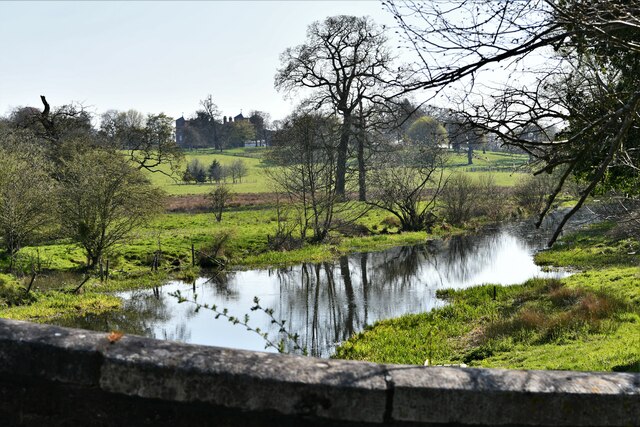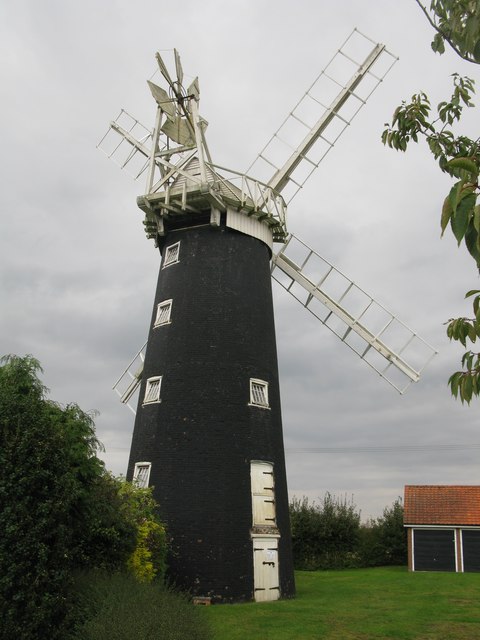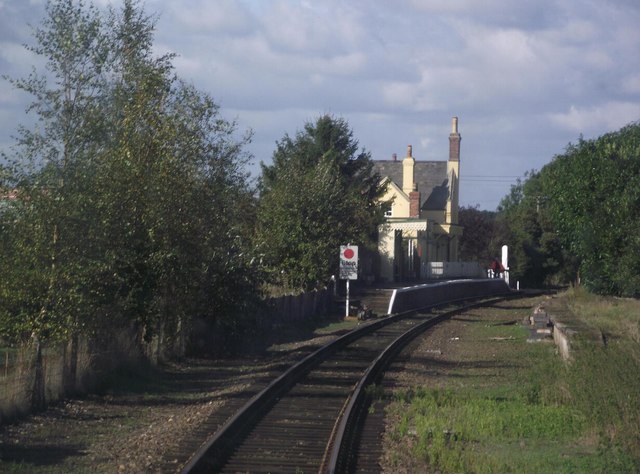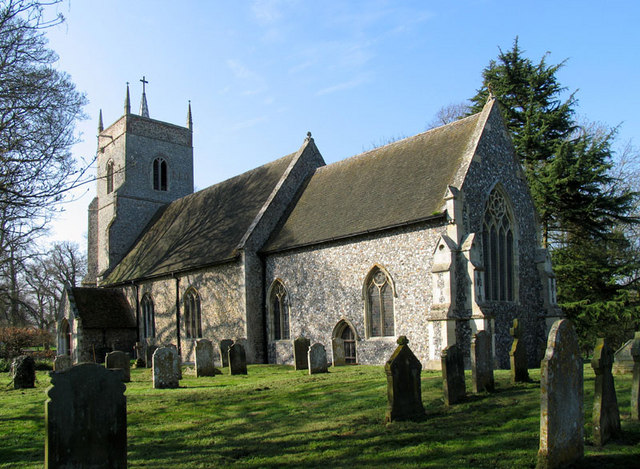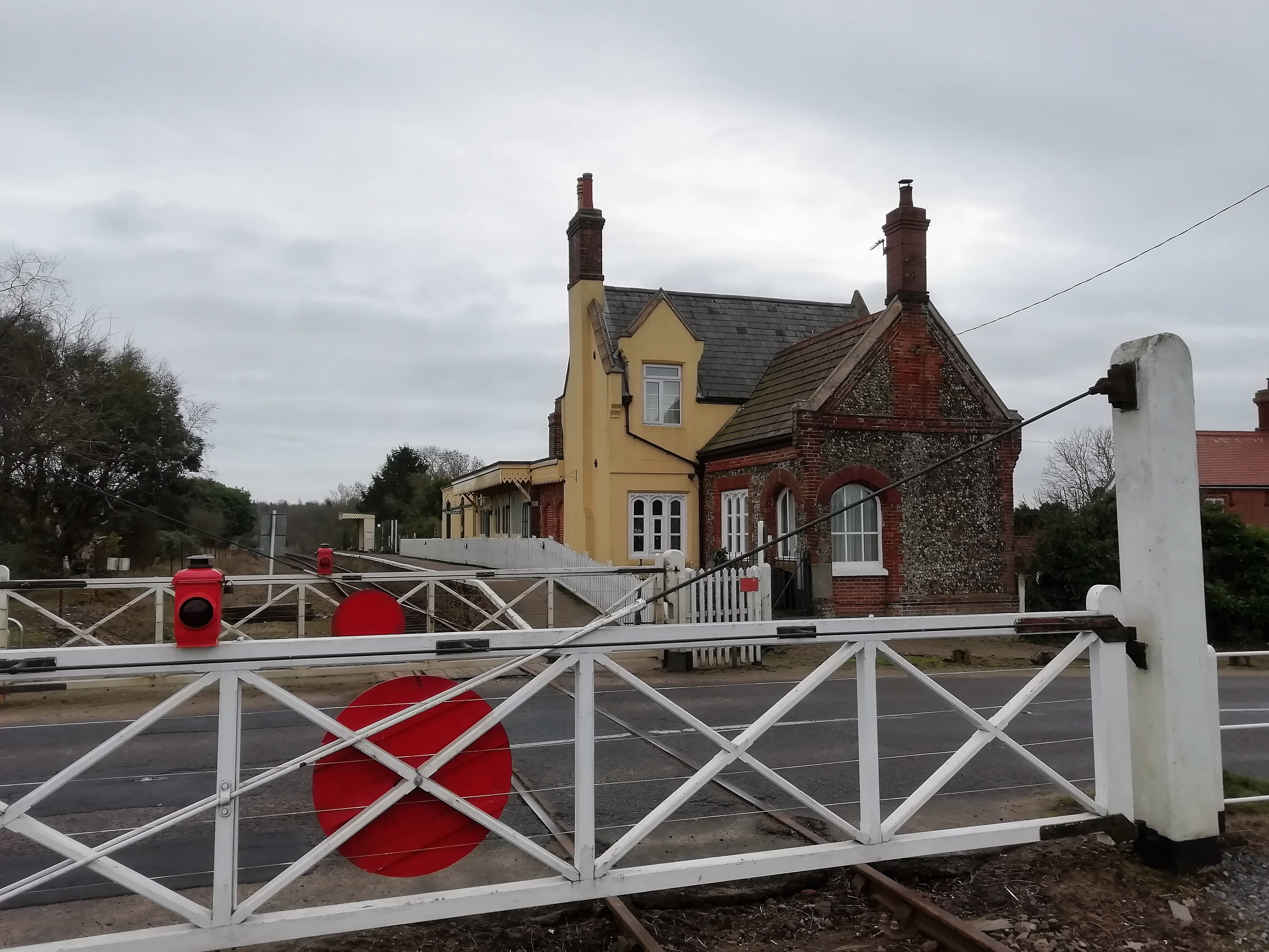New Wood
Wood, Forest in Norfolk South Norfolk
England
New Wood

Located in the eastern part of England, New Wood is a small village nestled within the picturesque county of Norfolk. With a population of around 500 residents, it is a close-knit and tight community that prides itself on its natural beauty and tranquil surroundings. The village is situated amidst a dense forest, giving it a distinct woodland charm and earning it the name "New Wood."
The area is known for its vast stretches of lush greenery, comprising a mix of deciduous and coniferous trees that create a captivating landscape. The forest is home to a diverse range of flora and fauna, making it an ideal destination for nature enthusiasts and wildlife lovers. The village is particularly renowned for its bluebell woods, where a carpet of vibrant blue flowers covers the forest floor during the spring season, attracting visitors from near and far.
The village itself exudes a quiet and peaceful ambiance, with charming cottages and traditional architecture adding to its allure. It boasts a well-maintained village green, where locals often gather for community events and festivities. The village also boasts a quaint local pub, serving up traditional British fare and acting as a social hub for residents and visitors alike.
Despite its remote location, New Wood is easily accessible via a network of well-maintained roads that connect it to nearby towns and cities. This allows residents to enjoy the tranquility of village life while still having access to urban amenities and services.
In summary, New Wood in Norfolk is a hidden gem, offering a serene and idyllic setting for those seeking an escape from the hustle and bustle of city life. Its natural beauty, tight-knit community, and rich biodiversity make it a truly special place to visit or call home.
If you have any feedback on the listing, please let us know in the comments section below.
New Wood Images
Images are sourced within 2km of 52.591691/1.0666566 or Grid Reference TG0703. Thanks to Geograph Open Source API. All images are credited.
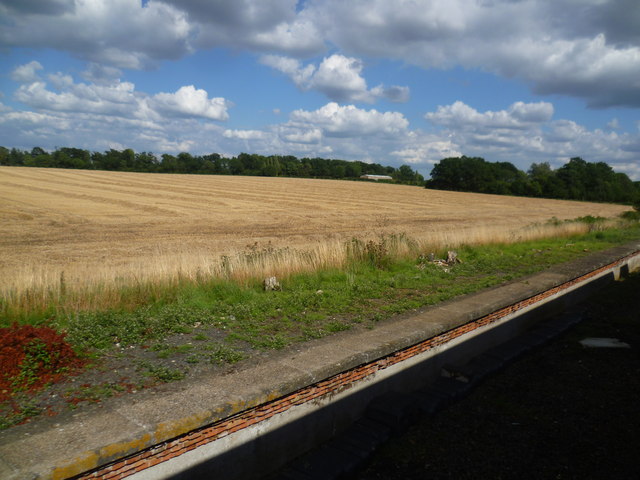
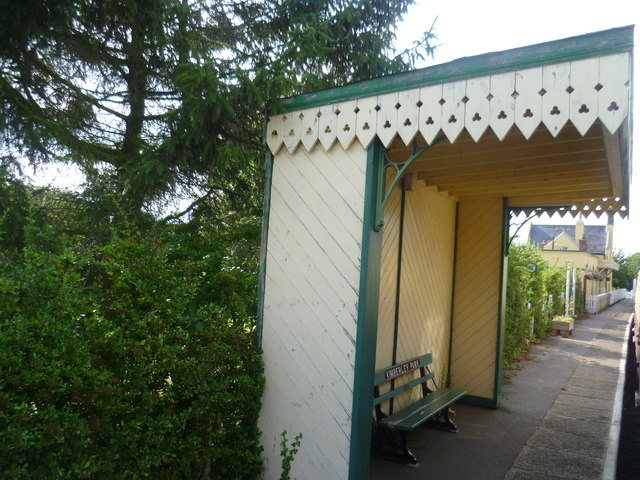
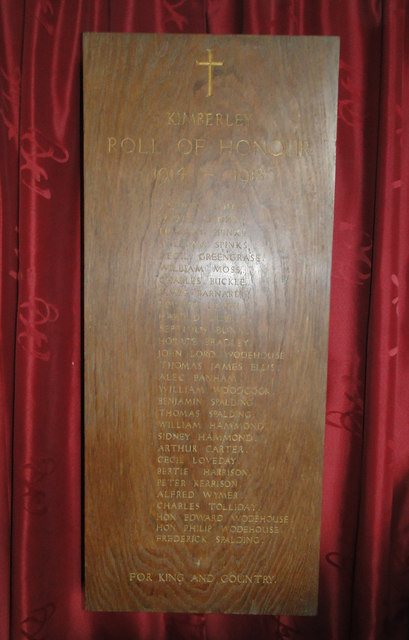
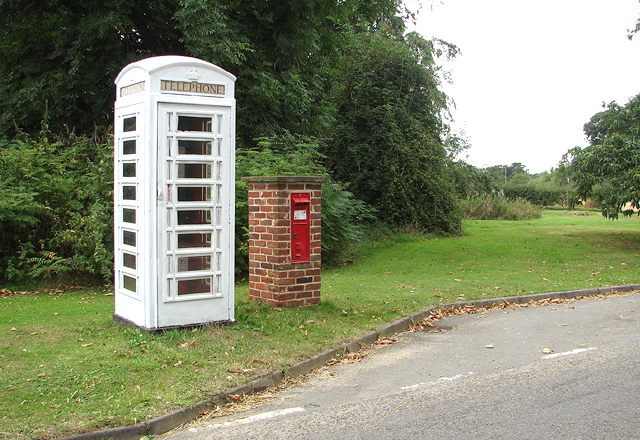
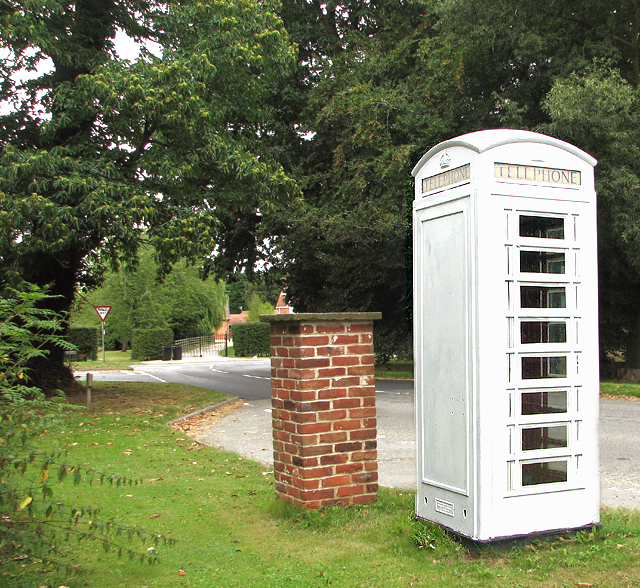
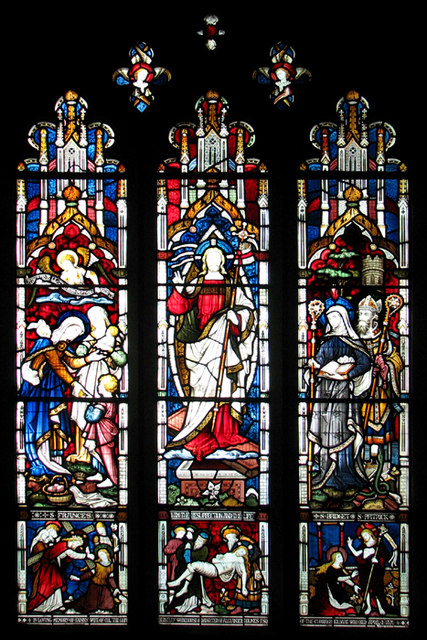
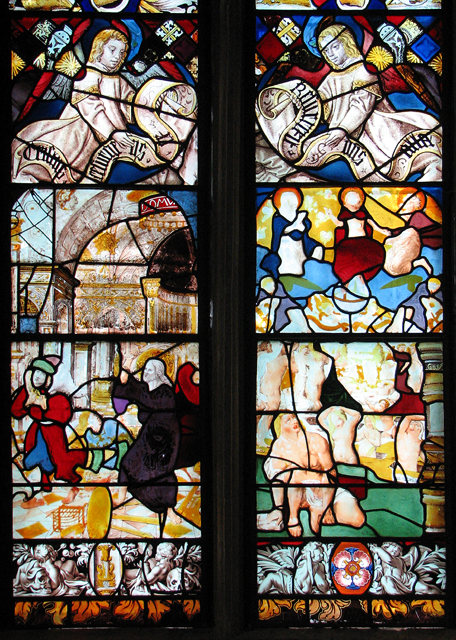
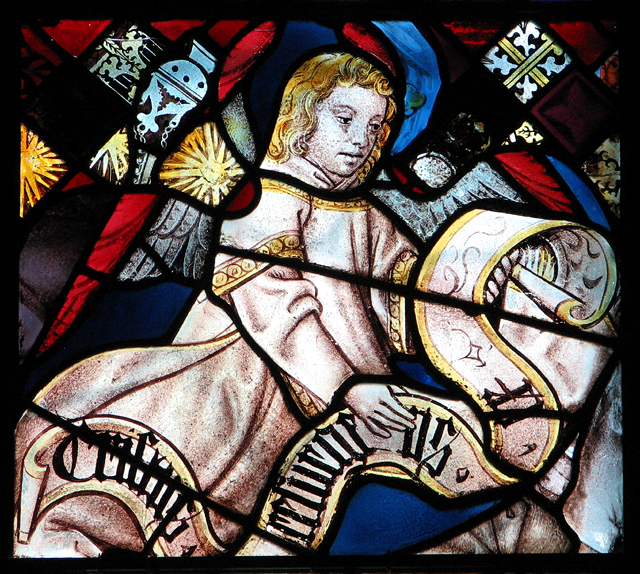
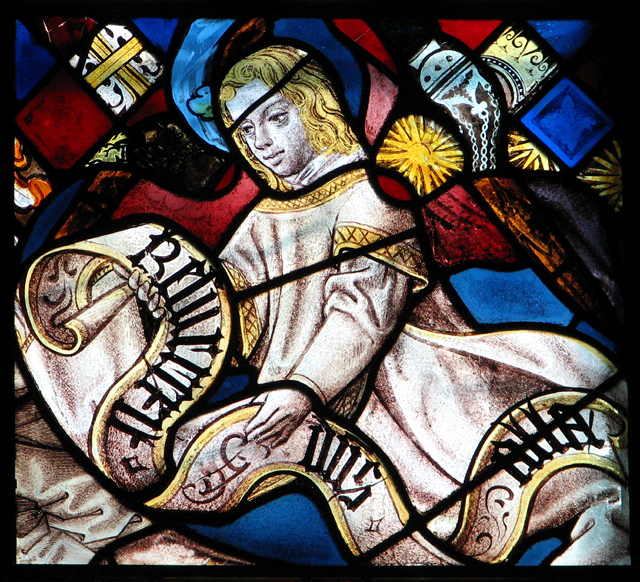

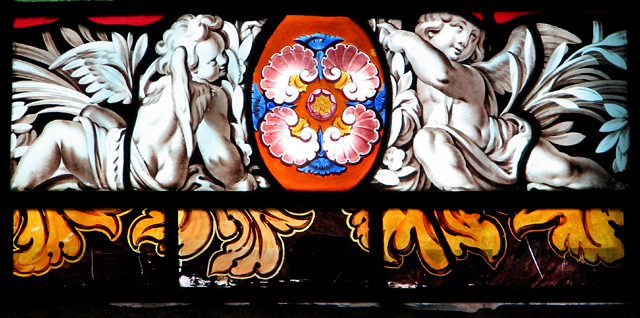
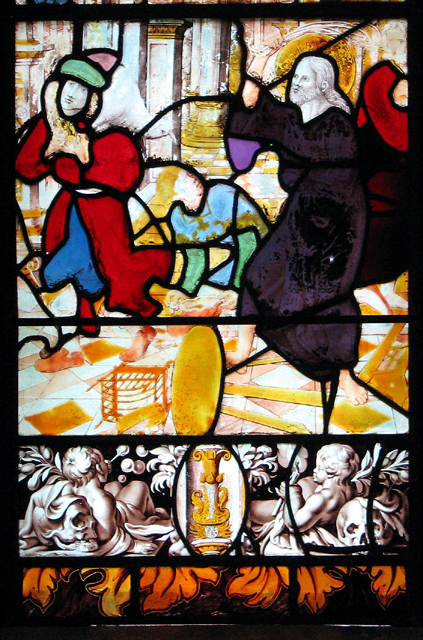
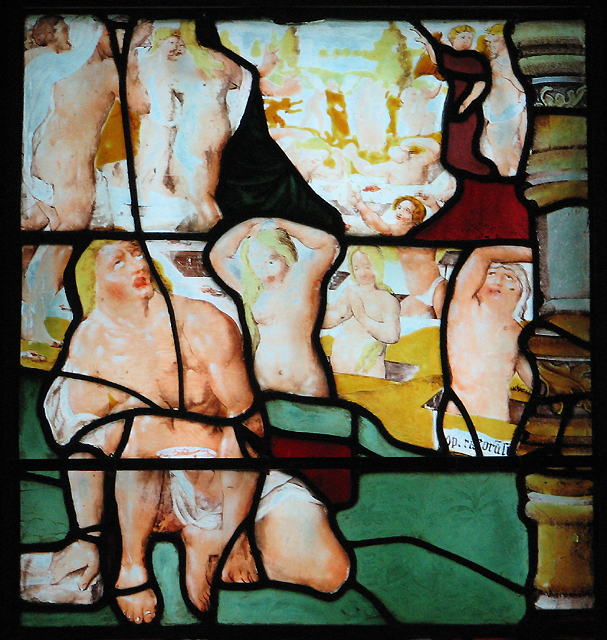
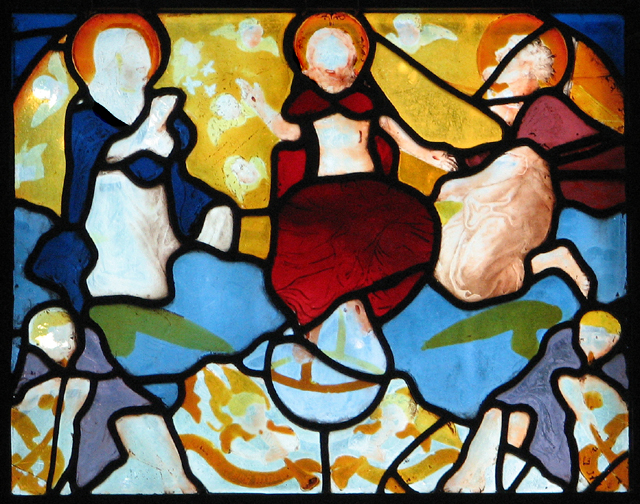
New Wood is located at Grid Ref: TG0703 (Lat: 52.591691, Lng: 1.0666566)
Administrative County: Norfolk
District: South Norfolk
Police Authority: Norfolk
What 3 Words
///bloom.inflame.mimed. Near Hingham, Norfolk
Nearby Locations
Related Wikis
Kimberley, Norfolk
Kimberley is a village and civil parish in the South Norfolk district, in the county of Norfolk, England, situated about 3 miles (4.8 km) north-west of...
Kimberley Park railway station
Kimberley Park railway station is a railway station in the village of Kimberley in the English county of Norfolk. == History == The Wymondham-Dereham branch...
Wicklewood Roman Temple
Wicklewood Roman Temple is the site of a Romano-Celtic temple near Wicklewood and about 1.5 miles (2.4 km) north-west of Wymondham, in Norfolk, England...
Wicklewood
Wicklewood is a village and civil parish in the South Norfolk district of Norfolk, England. It is located 11 miles (18 km) west of Norwich next to the...
Nearby Amenities
Located within 500m of 52.591691,1.0666566Have you been to New Wood?
Leave your review of New Wood below (or comments, questions and feedback).
